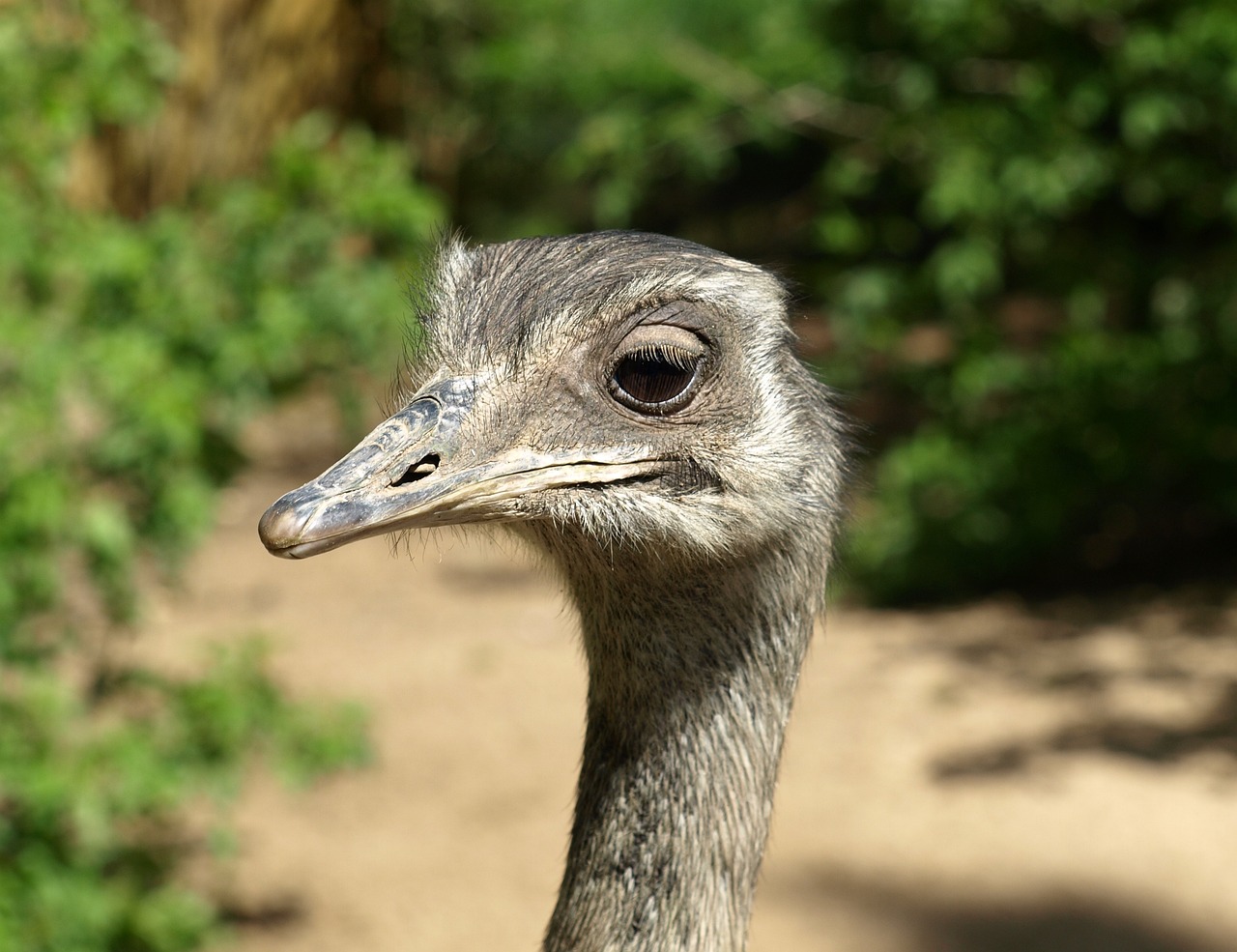Rhea: The Mother of the Gods in Greek Mythology
Rhea, a prominent figure in Greek mythology, is often recognized as the Titaness responsible for motherhood, female fertility, and generation. Her name translates to “flow” and “ease,” symbolizing the natural cycles of life and nurturing. As the partner of Kronos (Cronus), the embodiment of time, Rhea reflects the perpetual passage of generations. She personified the nurturing elements of both maternal fluids such as menstrual blood and milk, affirming her association with life-giving processes and comfort.
In mythological accounts, Rhea was married to the Titan Kronos, making her the Queen of Heaven. Upon learning of a foretelling that one of his offspring would overthrow him, Kronos began swallowing each of their children at birth, fearing this prophecy. However, Rhea cleverly concealed the birth of her youngest son, Zeus, managing to hide him in a cave on the island of Crete. To trick Kronos, she gave him a stone wrapped in swaddling clothes instead of Zeus, who was ultimately preserved for future deeds.
Rhea’s persona shares similarities with the Anatolian mother-goddess Kybele, often depicted as a regal figure adorned with a turret crown and accompanied by lions. Both can be observed as nurturing, maternal figures embodying strength and dominion.
Family Background
Parents:
– Rhea was born to Uranus (Sky) and Gaia (Earth), making her one of the Titans, alongside her siblings like Oceanus, Coeus, Hyperion, and others.
Children:
– Together with Kronos, Rhea bore several major deities: Hestia, Demeter, Hera, Hades, Poseidon, and Zeus, all central figures in the Greek pantheon.
Rhea’s Role and Influence
Rhea’s significance spans across various ancient traditions. The evolution of her myth illustrates not just her parentage and progeny but also her deep connection with nature and the earth. Many believed her to be connected with the land itself, reinforcing her identity as a goddess of fertility and the earth.
In the narrative of the Titanes, Rhea and Kronos’s ascension over the primordial rulers, Ophion and Eurynome, marked a significant transition, showcasing her strength and assertiveness. Following a series of betrayals, Rhea eventually safeguarded Zeus and facilitated the end of Kronos’s tyrannical reign.
The legends surrounding Rhea often intertwine with those of the Thracian goddess Bendis and other identities throughout ancient Mediterranean cultures. Her worship united various cultures, leading to a multitude of festivals, hymns, and artistic representations celebrating her.
Birth of Zeus
The tale of Zeus’s birth highlights Rhea’s intelligence and resourcefulness. As Kronos continued his grim practice of child consumption, Rhea sought the counsel of her parents. They guided her to safely send Zeus to Crete, where he was nourished by mystical beings while guarded by the Kouretes, a group known for their martial dances and tumultuous noise meant to drown the cries of the infant Zeus and prevent Kronos from discovering him.
Artistic Representations
Rhea is frequently depicted in art as a powerful maternal figure. In sculptures and pottery from ancient Greece, she is often shown in a seated pose, adorned with a mural crown, surrounded by lions, symbolizing her strength and protective nature. These arts reflect both her divine status and her nurturing character, continuing to influence representations of motherhood and fertility in later cultures.
Conclusion
Rhea remains a vital figure in Greek mythology, representing the dual aspects of motherhood: nurturing and authoritative. Her stories serve as archetypes of resilience amid adversity, illustrating the complexities of life, creation, and the cyclical nature of time and existence.



